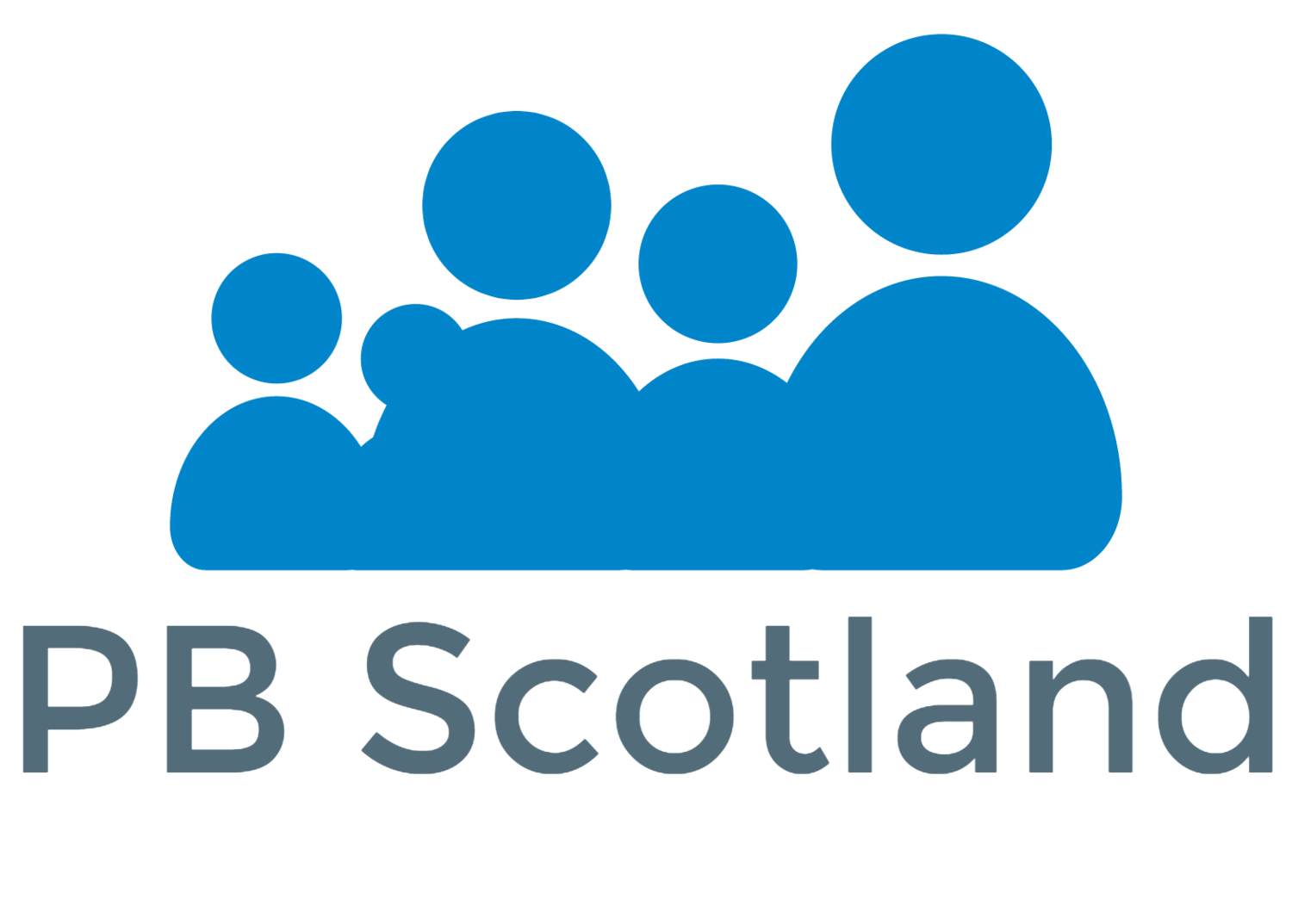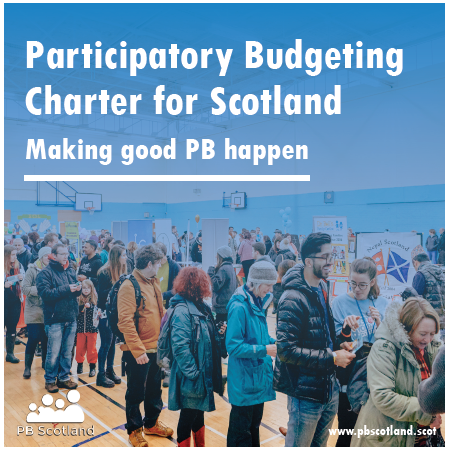8 Steps to Delivering a Successful Small Grants PB Process
/Small grants participatory budgeting takes place using specific pots of money, often led by community organisations. In this article, we’re going to set out the basic steps of how to run a successful small grants PB process – and share links to some useful resources and tips.
New to PB? Read out PB in 60 Second Guide
When developing a PB process, you should use the PB Charter to make sure it’s fair and inclusive, participatory, deliberative, empowering, creative and flexible, transparent and part of our democracy.
Download an infographic of this page.
So, let’s get started!
1. Identify and form an appropriate planning group
The first step in participatory budgeting is to bring together a diverse and representative planning group, often including local community members and other stakeholders. Their role is to oversee the entire PB process, from planning to evaluation and make open and transparent decisions about how the PB process will work.
2. Give the PB process a name
Naming the participatory budgeting process will help give its own identity. It should be something that’s linked to the local area that will capture the community's imagination and make the process more understandable and memorable. Some examples used in Scotland include ‘Money for Moray’ or ‘Leith Decides’.
3. Agree a fund criteria and themes
The planning group must work together to establish the criteria and themes for how the budget can be used. The criteria should be clear, fair, and aligned with the community's needs and priorities. Themes provide a framework for the types of projects or activity that can be funded through your PB process.
4. Communicate your aims and market your PB process
Communicating and engaging with your community is essential for the success of any participatory budgeting process. Clear and consistent messaging should inform the community about the process, what it’s trying to achieve, and how and when they can get involved. It’s good to use a range of different ways to reach people, such as public meetings, social media posts, flyers and attending community events.
5. Process applications
This stage involves opening up project proposals from the community. Groups can submit their ideas for consideration, including project details, expected costs, and how they align with the established criteria and themes. The planning group can then review these proposals to make sure they’re a good fit for your process, consider issues around representation and equalities, and put them forward for the public vote.
6. Open for voting - Decision events and online
Once you’ve received your applications, it’s time for people to vote on their ideas. This can happen using online platforms, or at community decision events. This stage is where the community has their say and it’s important to continue engaging everyone in the community with your PB process, especially people who you might not normally reach. If you’re running a local event, you should consider creative ways to get people along (as well as ways you could ‘green’ your event), and if you’re running PB online there should also be ways for people to share their views in person.
7. Results - Community feedback:
After the voting period has closed and you’ve counted up the votes, you should share the results with the community, highlighting which projects received funding. This is a great way to celebrate the projects who submitted their ideas (even the ones who didn’t get funded) and show the PB process is open and accountable to the community’s decisions.
8. Evaluate the PB process and its community impact:
The final step involves evaluating the participatory budgeting process. The planning group should assess whether the established criteria were met, reviews feedback from the community, and, in the longer term, track the impact of the funded projects. This evaluation process helps improve future iterations of PB and ensures that new PB processes continue to meet the community's needs.
That’s our 8 steps to delivery small grants PB! Of course, there’s lots more that goes into it, but this should give you a starting point as you begin your PB journey.














